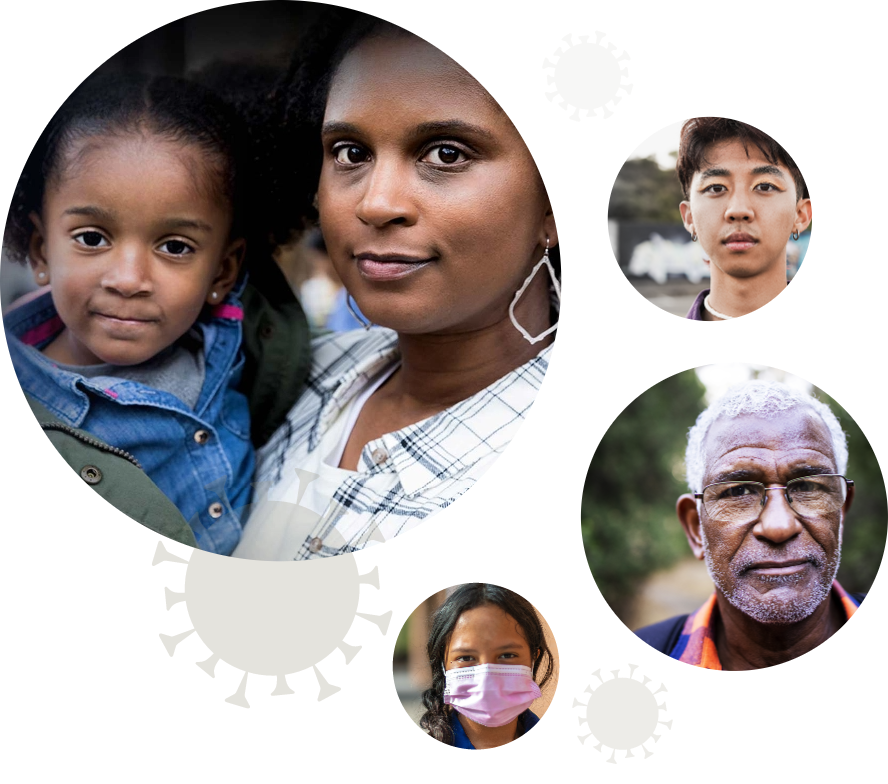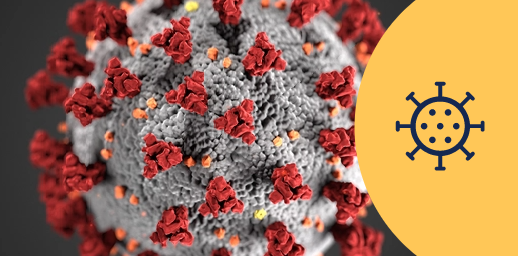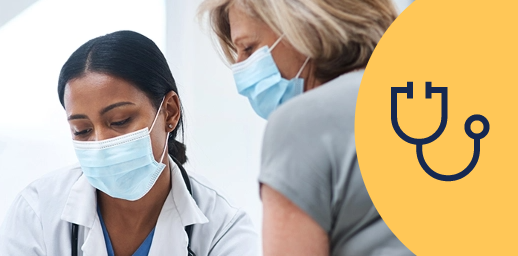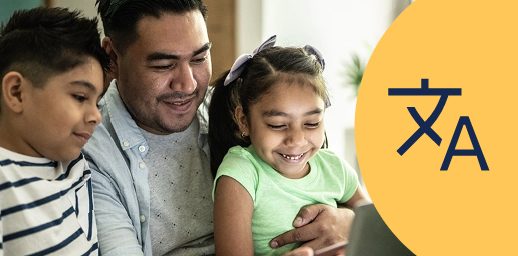Explore RECOVER’s progress and find out how to get involved:
RECOVER Research
Each RECOVER research team can use all RECOVER data and findings to inform and improve their study. This way, we can learn more quickly about this complex condition and better understand, treat, and prevent Long COVID.
Researchers study the health and symptoms of thousands of participants over several years. No treatments or medicines are provided.
Researchers study people who have died after having COVID, including people who did not have Long COVID.
Researchers study lab samples from people with and without Long COVID to understand how COVID affects different body systems.
Researchers study millions of medical records, called EHR, to understand changes over time, learn who may have Long COVID, and learn how to treat or prevent it.
Researchers study possible treatments such as drugs, medical devices, or other approaches to learn how to treat Long COVID symptoms.
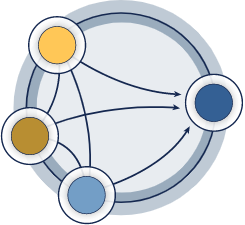
RECOVER Research
Each RECOVER research team can use all RECOVER data and findings to inform and improve their study. This way, we can learn more quickly about this complex condition and better understand, treat, and prevent Long COVID.
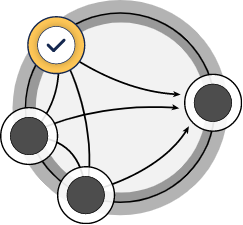
Researchers study the health and symptoms of thousands of participants over several years. No treatments or medicines are provided.
Researchers study people who have died after having COVID, including people who did not have Long COVID.
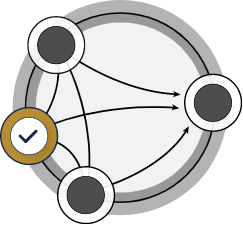
Researchers study lab samples from people with and without Long COVID to understand how COVID affects different body systems.
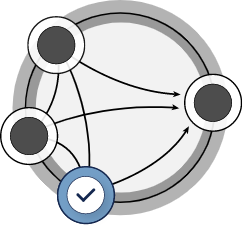
Researchers study millions of medical records, called EHR, to understand changes over time, learn who may have Long COVID, and learn how to treat or prevent it.
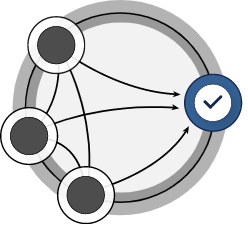
Researchers study possible treatments such as drugs, medical devices, or other approaches to learn how to treat Long COVID symptoms.
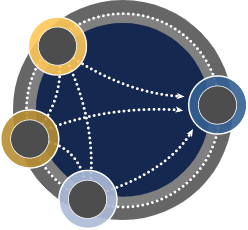
Data is shared between the different types of RECOVER research to inform clinical trials.
RECOVER Enrollment
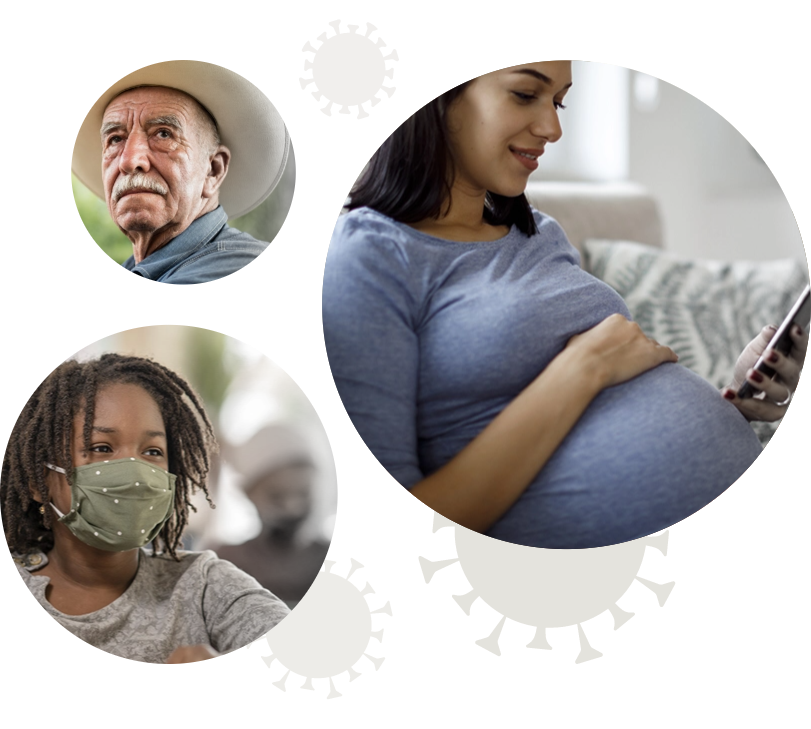
Still enrolling:
Enrollment completed:
- RECOVER-VITAL
- RECOVER-NEURO
Enrollment completed:
- Adult Cohort (non-Pregnant)
- Pediatric Cohort
- Pregnancy Cohort
How Can I Participate?
Participate in a study
RECOVER clinical trials test the safety and effectiveness of treatments for symptoms of Long COVID. The clinical trials test possible treatments for Long COVID symptoms. Treatments include drugs, biologics (medicines that come from blood or plasma), medical devices, and other therapies.
Help inform the next phase of RECOVER clinical trials
RECOVER-Treating Long COVID (RECOVER-TLC) is a new effort by the National Institute of Allergy and Infectious Diseases (NIAID), in collaboration with the National Heart, Lung, and Blood Institute (NHLBI), the National Institute of Neurological Disorders and Stroke (NINDS), and the Foundation for the NIH (FNIH), to identify safe and effective treatments for Long COVID. Anyone can support this effort by sharing their ideas for drugs, devices, and other interventions (therapies) that may offer people affected by Long COVID relief from their symptoms.
Explore COVID-19 Resources
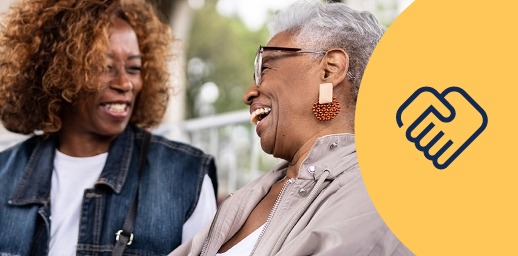
Find information to help reach communities hit hardest by the pandemic.
